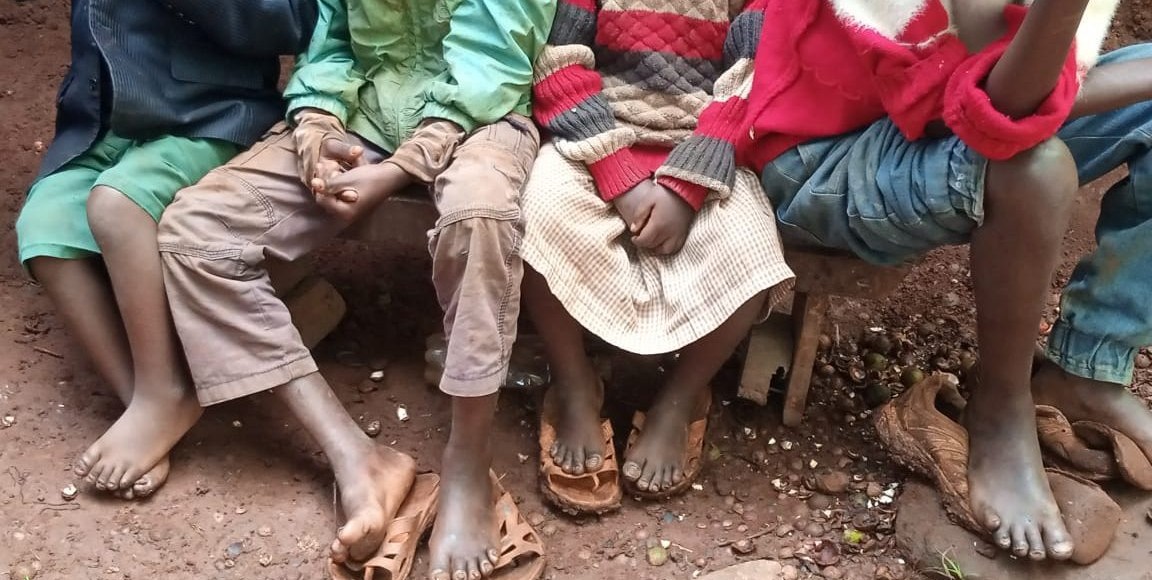
A study conducted by the Kenya Medical Research Institute found that 17,423 children aged between eight and 14 years in nine counties are infested with jiggers.
The nine include Murang’a, Kericho, Makueni, Nakuru, Samburu, Kilifi, Kajiado, Taita Taveta and Turkana.
Kajiado, Kilifi, Muranga, Nakuru and Samburu counties have the highest prevalence,the study showed.
It was discovered that jiggers are more prevalent among boys and children from poor families.
Tungiasis, commonly known as jiggers is caused by female sand fleas, which burrow into the skin and lay eggs.
A total of 20,684 pupils aged eight to 14 years in 184 schools in nine counties were included in the study which was conducted between May 2021 and June 2022.
According to the study severe jigger infestation had a higher impact on the children quality of life than those with mild disease.
The children expressed higher levels of shame, anger, difficulty concentrating in school, sleeping, and walking.
“This study has confirmed tungiasis has a considerable impact on children’s lives, academic achievement, and likely future earning potential. Pupils with tungiasis also had lower scores in school exams than uninfected pupils even when adjusted for age, sex, disability, socio-economic status, and absenteeism,” the study says.
To help curb the infestation, the study recommended interventions such as economic support, daily use of soap for foot washing especially among boys and possibly bed net use in an integrated approach

Leave a Reply